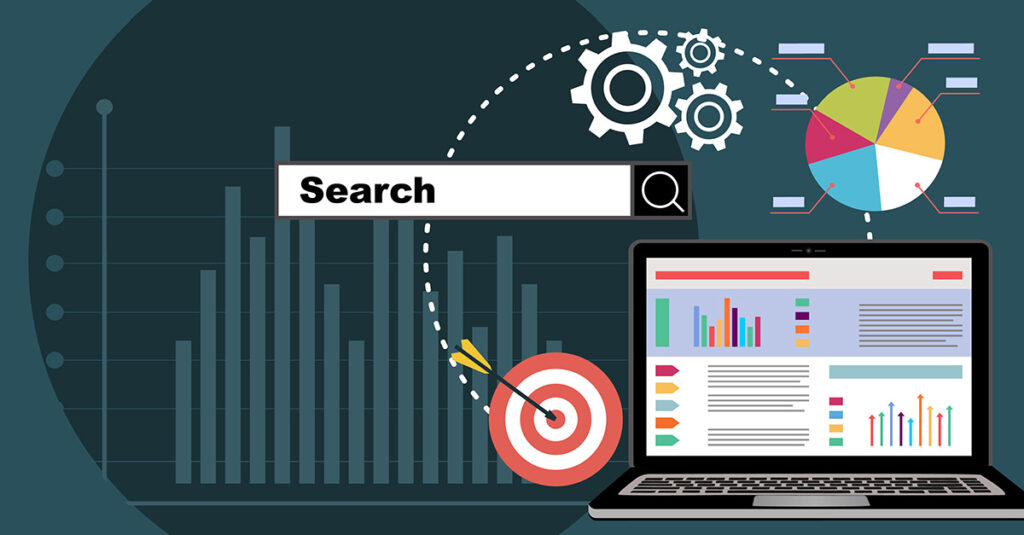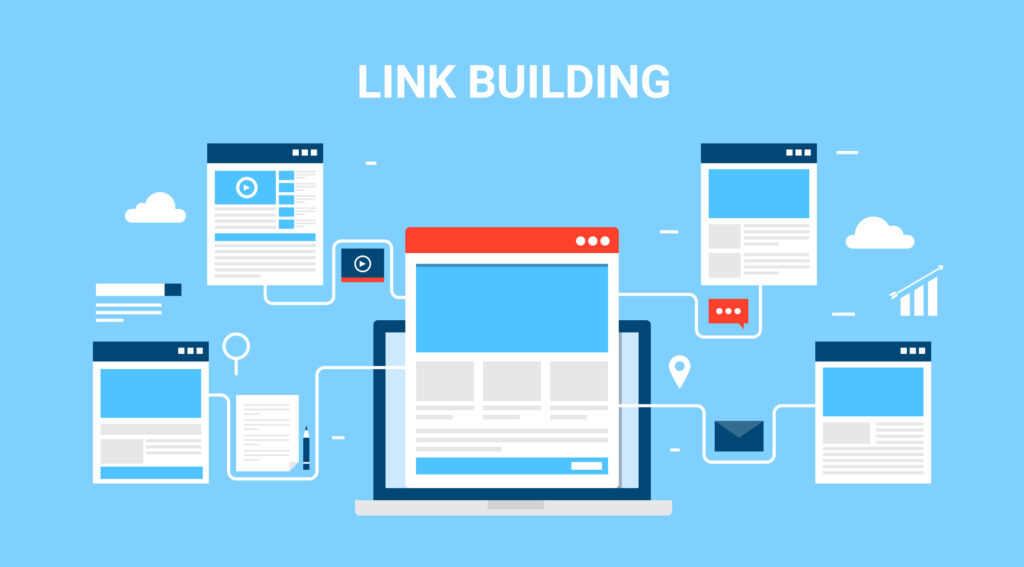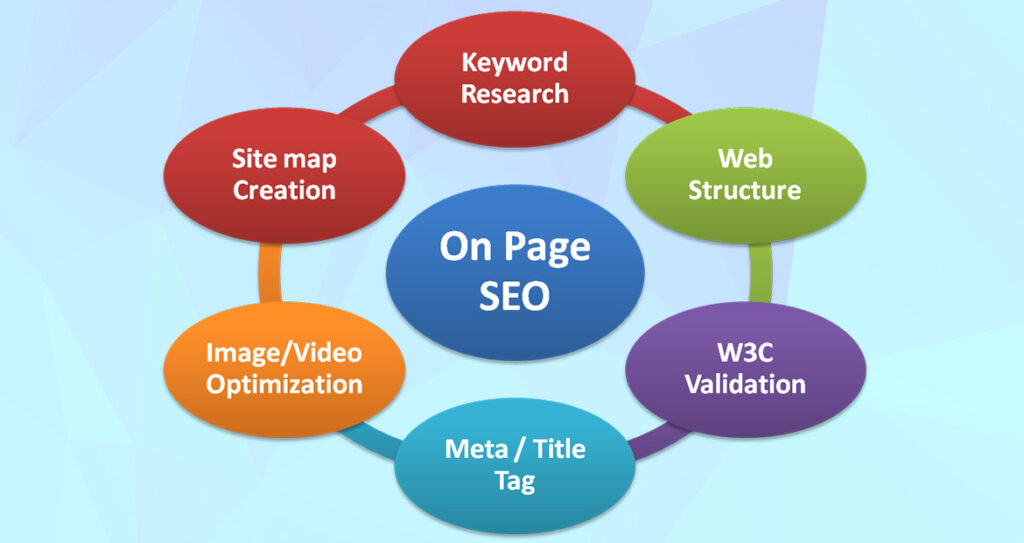Ever wondered about how you can make your article perfect from all SEO perspectives so it can give you the advantages you need? Well, here I have something for you. I have listed down a few things which you need to take care of while working on an article. Its like a checklist that you need to work up on. Let’s roll it out:
- Choose a Topic and Prepare a list of keywords around it:
Let’s just say we have a topic in our mind that we have to write an article on this thing, what we should do next? Clearly, it’s not going to be getting started with writing the article but it has to be something focused. If I talk about from SEO Point of view, I’d have gone towards preparing a list of high search count keywords that match my article topic, making sure that I can include those keywords in my content, which is going to help me later on in getting SEO rankings and mileage. That’s the main and important thing to do.
2. Do Research:
Doing some research is a good thing as it’ll help us to prepare an outline of our article and by looking at the other similar articles, we’d have an idea as to what we have to write and what we have to include in our content. So, I’d have gone through checking all these things.
3. Checking for Duplicacy:
This is the most important and intricate aspect of the content writing. Content is king for search engines and it’s like food for them, so it’s always beneficial to use the unique, fresh and genuine content for your work.
Sometimes, it happens that you did your best to write up content but later on you find out that the content is kind of matching with the contents present on the other websites. This shouldn’t happen.
Make sure you are checking your write up for plagiarism as well as duplicacy through different duplicate content checking tools present on the web. This will help you to make sure that your content is fine from all aspects and can be published on different portals.
4. Keep Sentence Short, Sweet and Simple:
It’s a genuine thing, if someone finds a sentence to be very long and it keeps going and going on, he/she feels it very awkward and tends to leave it without reading it properly and completely. So, it’s a good thing to keep the sentence short, sweet and simple as it provides a user with complete satisfaction and an understanding about the subject.
We need to make sure that we are keeping the sentence structure simple and keeping it short and with a purpose of defining the subject.
5. Make Sure the Keyword Density is Genuine:
Most of the times, what people do is that they try to insert as much keywords as possible in their content, that’s fine, but having one keyword so many times is not a good thing. I have seen it so many times that people often include one keywords so many times in their content trying to get it in high ranks for that particular article but they don’t know that this might get them penalized as well.
So, we need to make sure that we are keeping the keyword density of about 2 to 3% for a particular keyword in the article. This will help us to make sure that we are not doing any kind of spam work and help us to gain the traction in terms of keyword ranks.
6. Mark Important Keywords as Bold:
In order to let search engines know about the important keywords in a particular content, it’s a good idea to mark them bold in the content. Search engines recognize the importance of bold and provide a good weight-age to the keywords which helps them in getting the good ranks in searches.
7. Create 1 H1 Tag and Several H2, H3 Tags:
Heading tags are something that defines a page and its content in a short and one sentence. We need to make sure that when we are working on the heading tags, the h1 tags should be the one with the major focus that defines the whole page, and also it should contain the main keywords that are included in the article. This is the great thing to have the main keywords included in the article because search engines give priority to the heading tags; especially the h1 tags and if they find the keywords in them, they put them in the high ranks.
We also need to make sure the other tags like h2 and h3 tags are present in the page content, containing the keywords of that particular article.
8. Title/Description Tags:
This is something important, title and description tags are something that tells search engines as to what a page is all about and they also contain our main keywords. Search engines give preference to the tags so it’s always a great idea to have the keyword specific title/description tags, aka Meta tags for the article or for a page. We have to make sure that we are putting the main keywords in the title and description tags and adding these tags in every article so it’ll help us to generate the relevancy between the keywords and our article that will further help us to get the ranks for the keywords.
9. Use Images and Image Alt Tags:
A picture speaks more than words and it’s proven everywhere. Using the different images in an article is a good thing and we can do this for our article as well. We need to make sure we are including as much images as we could in our article so it looks perfect from a user as well as SEO perspectives.
Search engines can’t read the images hence it’s always a great thing to include the alt tags on images so search engines can get to know what an images is all about. We can include the keywords as image alt tags as search engines value them and put the keywords in ranks they see being included in the image alt tags.
10. Internal Linking:
Internal linking refers to linking the article or a page with different pages by using different and appropriate anchor texts within the article. We need to make sure we are linking the article with other articles and pages by using various anchor texts or words present in that particular article.
11. Set Outbound Links:
As per my experience, I have noticed that setting up one or a couple of outbound links is a good thing and also recommended by SEO Yoast as well.
What we can do here is that we can use some anchor texts and put some outbound links on them, i.e. linking them with some other third party websites which contains the information relevant to that particular anchor text.
But, please make sure that there shouldn’t be many more outbound links in the articles, this should be limited to only one or two max, not more than that and these links should be set up to No follow unlike the internal pages links which should be set up as Do follow.
12. Create Call To Action Buttons:
Creating call to action buttons at the end of each post is a good thing as it’ll give users a way to move to other articles in the website or different pages. People have a tendency to click on call to action buttons and find some more information in the website. So, setting up the CTA buttons at the end of each post is a good option for us to keep the people engaged within the website.
13. URL Structure:
A well URL structure is a key to success. URLs are often responsible for a good or bad SEO score so it’s always a great thing to keep the URL structure simple and keyword rich so it defines the whole content.
Make sure the URL is not too long, neither it should be containing same word again and again, should not contains any stop word and should not be too short. Keep the URL clean and well defined.
14. Include Social Share Buttons:
Give people a way so they can share your content on their different social channels like FB, Twitter and other platforms. It’s good to include the social share buttons at the beginning and at the end of the content, so if people find it interesting, they should be sharing and promoting it in their social channels.






